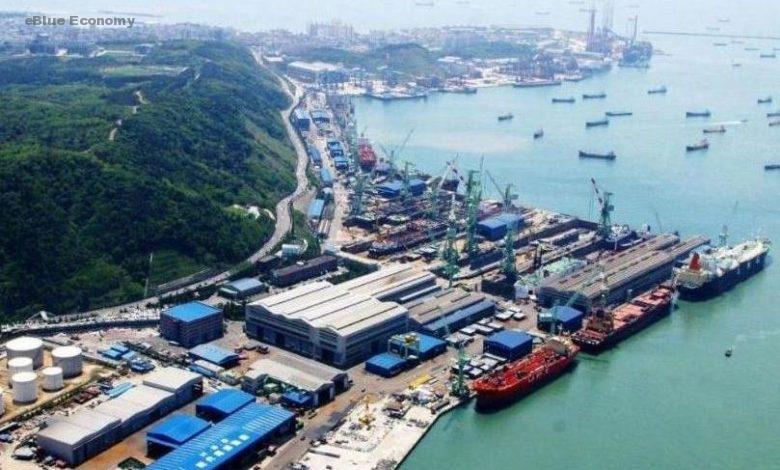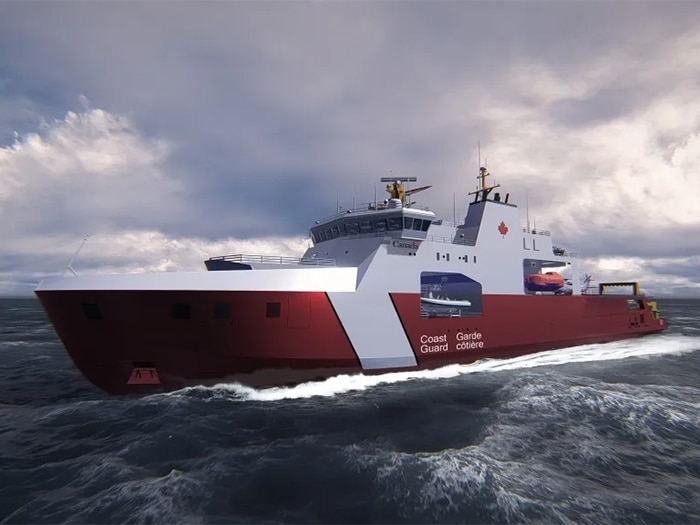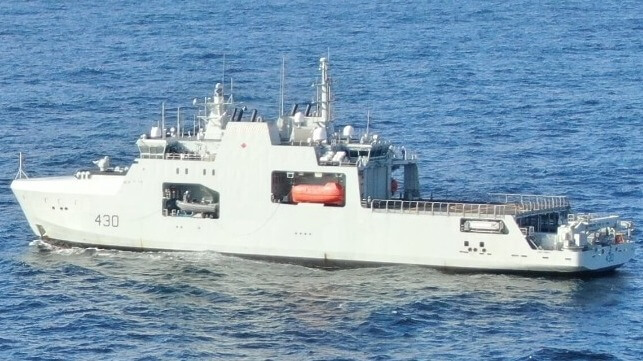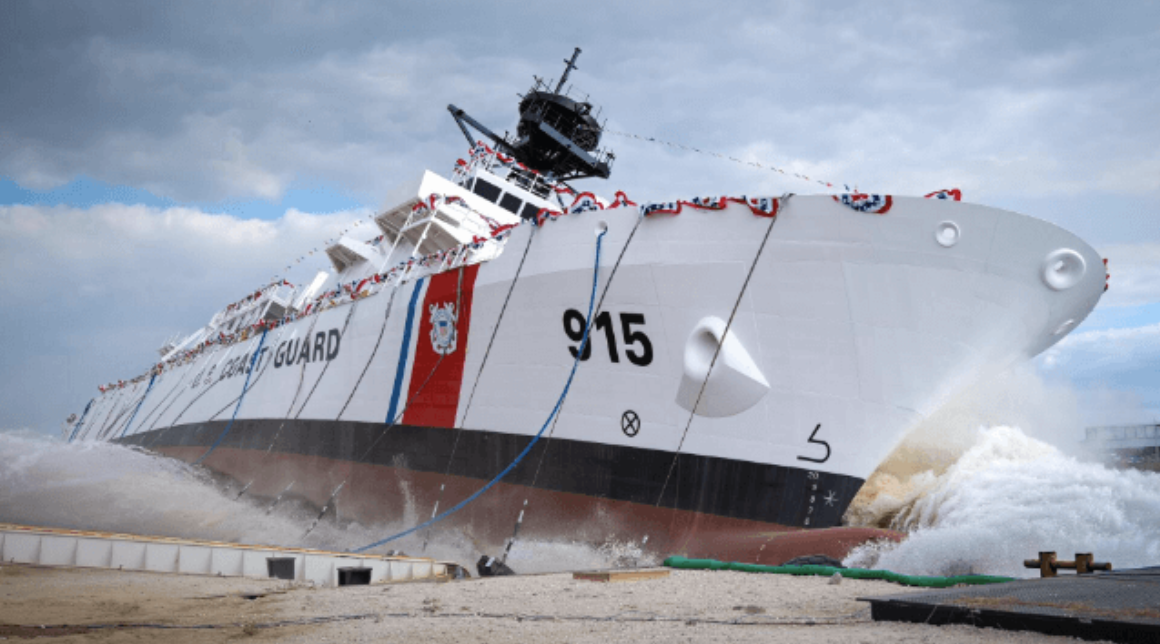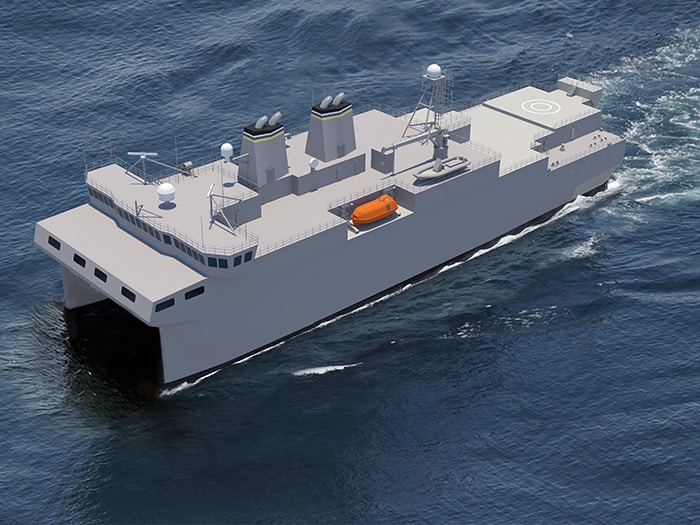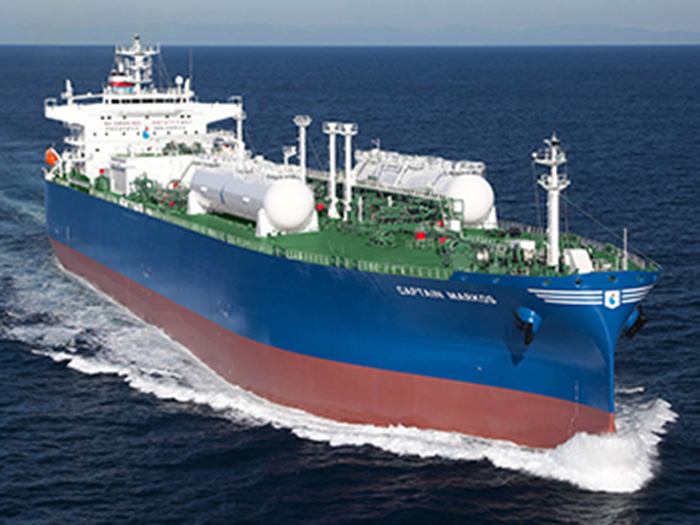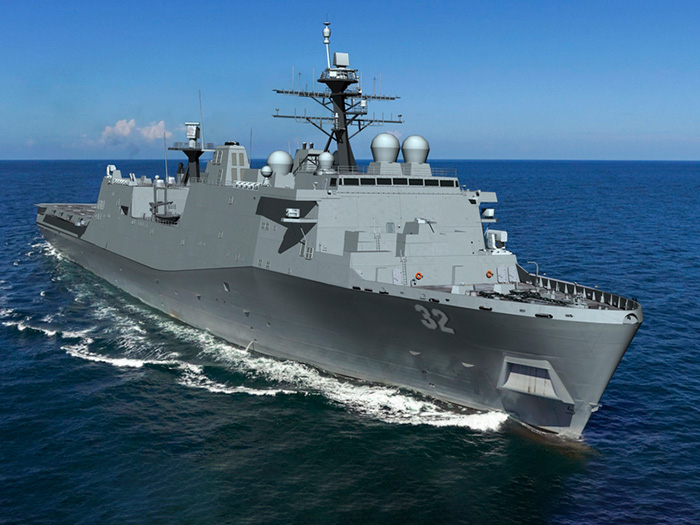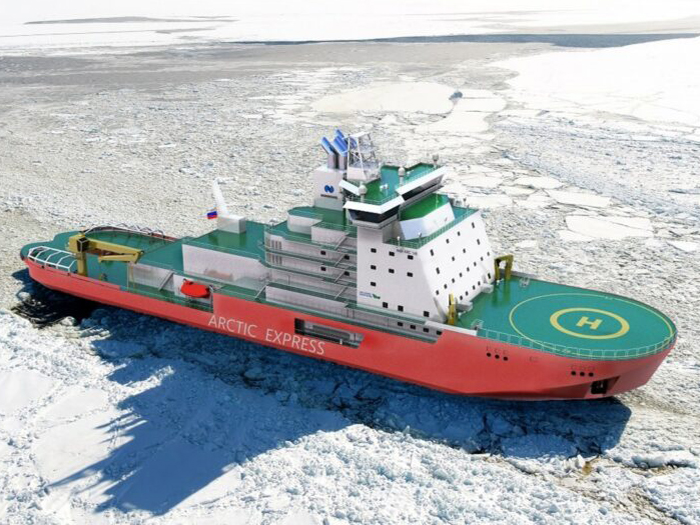South Korean shipbuilder Hyundai Mipo Dockyard has entered into a Memorandum of Understanding with compatriot shipper Korea Maritime Transport and the Korean Register to apply the ballast-free concept to 1,800 TEU container ships as a means of fighting marine pollution.
Under the MoU, the parties will work on developing a low-ballast or a ballast-free containership with the aim of circumventing the need for ballast tanks and the potential release of contaminated ballast waters into the ocean.
Ballast water has been identified as one of the key contributors to the spread of invasive aquatic species, as such the industry had to act in order to curb the trend.
The International Convention for the Control and Management of Ships’ Ballast Water and Sediments (BWM Convention) entered into force on September 8, 2017.
The convention requires vessels to manage their ballast water to remove, render harmless, or avoid the uptake or discharge of aquatic organisms and pathogens within ballast water and sediments by the utilization of ballast water management systems.
Implementation of the regulation has seen many companies having to retrofit their vessels with approved BWM systems in order to comply with the regulation.
The MoU stipulates that Hyundai Mipo Dockyard would be in charge of designing the vessel, while the Korean Register would be in charge of the vessel’s safety and validity, aiming for an Approval in Principle (AIP) to be granted by the end of the year.
Korea Marine Transport will support the initiative through a comparative study on transport capability and operation efficiency, the classification society said.
As disclosed, HMD will base the design on the experience from developing the world’s first ballast-free LNG bunkering vessel Kairos, delivered to Germany’s Bernhard Schulte in 2019.
With a tank capacity of 7,500 m³, Kairos is the world’s largest LNG bunker supply ship. It features a ballast-free design and installation of a CNG tank to store vapor return gas from customer vessels.
HMD believes the development of a ballast-free feeder ship would cement its position in the construction of environmentally-friendly ships.
As disclosed, the project will pave the way for minimizing the use of ballast water that threatens the world’s coastal and marine environments in preempting stricter environmental regulations. According to the Korean Register, the involvement of domestic companies will also help bolster market competitiveness.
Offshore energy


